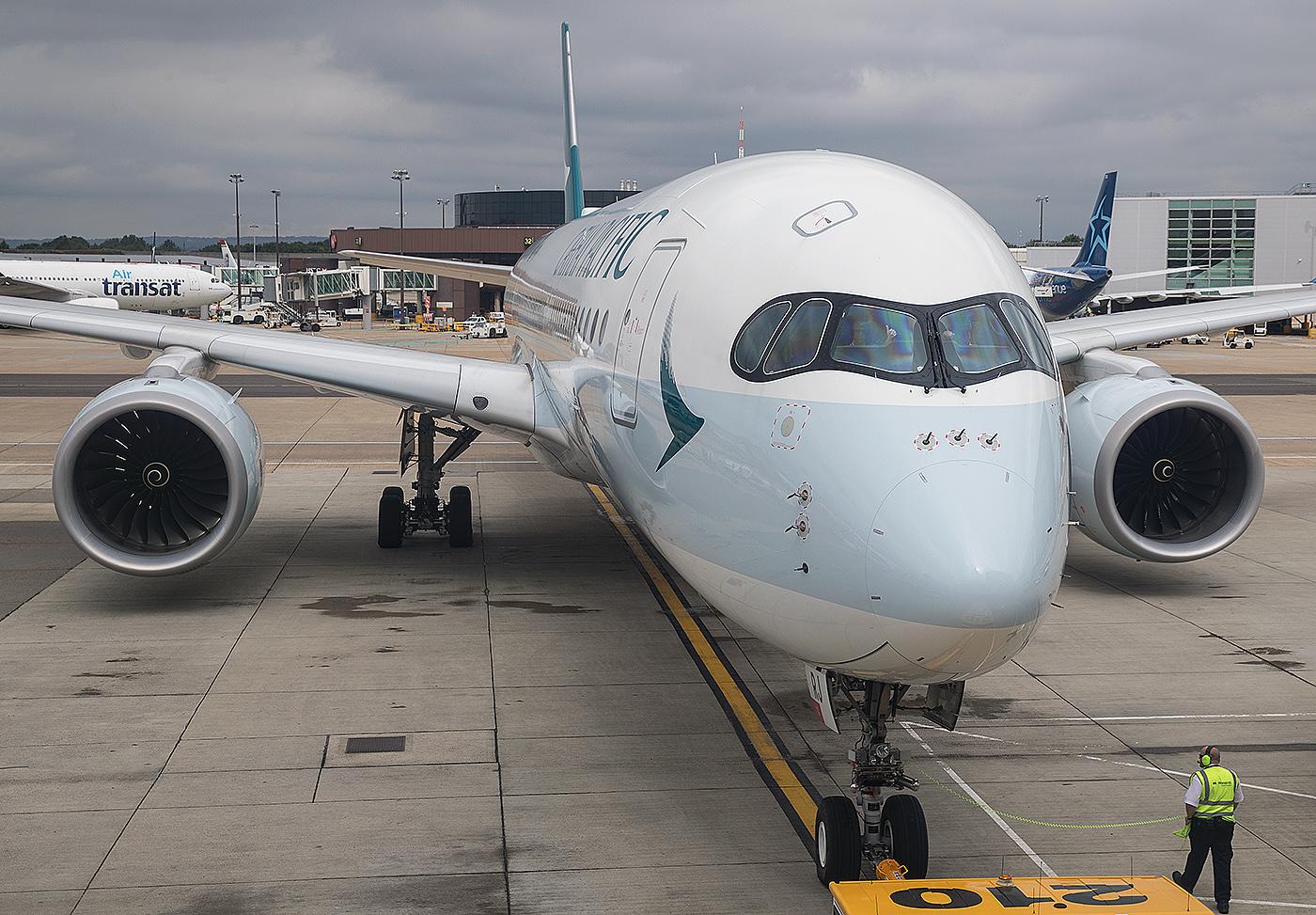
Cathay Pacific has confirmed it will transfer a third of its passenger aircraft to storage locations outside Hong Kong in line with “prudent operational and asset management considerations.”
The decision follows the carrier group’s move to adjust passenger flight capacity to 7% of pre-COVID schedule in July and 10% for August.
“We need to park these aircraft while they are not flying in locations beyond Hong Kong’s humid climate. We will be using Alice Springs in Australia for the first batch of aircraft and are in discussions with facilities in other suitable locations,” a Cathay spokesperson told Aviation Daily. The spokesperson did not specify the numbers and types of aircraft. There was also no mention of the fate of the 24 Airbus A320s operated by its LCC subsidiary Hong Kong Express, three of which are parked and 21 are stored, according to Aviation Week Intelligence Network Fleet Data.
Cathay’s most stored aircraft are its Boeing 777 family, with at least 55 parked or stored. Cathay Pacific and Cathay Dragon have a fleet of 143 and 48 passenger aircraft respectively. Hence the storage exercise will involve around 63 aircraft.
According to flight tracking website Flightradar24, the first Cathay aircraft, an A330-300 registered B-HLV, was sent to Alice Springs (ASP) July 28. The world’s oldest flying A330, B-HLJ was also retired July 25, after 24 years and clocking 63,900 flight hours and 26,983 cycles.
In addition to its humid climate, Hong Kong is also approaching the typhoon season which starts in August.
IATA has predicted airline RPKs will not reach 2019 levels until 2024. Cognizant of this, airlines in the region are putting their aircraft into long-term storage. Singapore Airlines Group now has 29 aircraft at ASP, while Philippine LCC Cebu Pacific has also begun sending its first batch of six Airbus aircraft to ASP.





